#2/7/19
Explore tagged Tumblr posts
Text


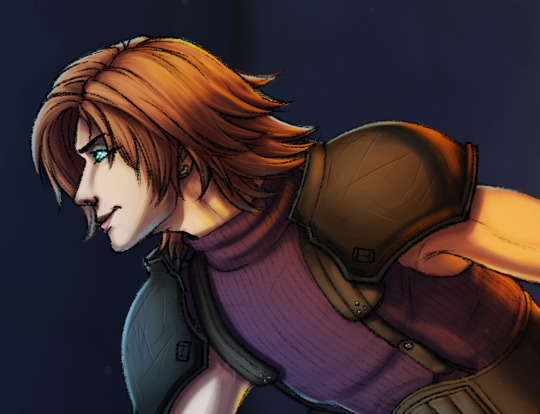
"Genesis...that's rude!" - Angeal Hewley
In which a salty teen Genesis gets a little bit cheeky over losing a spar with Sephiroth again.
Angeal still thinks it's a hilarious addition to his growing photobook, though. :P
#genesis rhapsodos#sephiroth#angeal hewley#final fantasy 7#crisis core#ff7#ffvii#young sephiroth#not quite miniroth though#they're like 18-19 years old here :P#also Seph is coat-less because I did not want to draw it#and the fire is a creative commons photo because my brain was tired#also I drew this before the FS part 2 teaser happened#so I went with purple for Gen as a second class SOLDIER#ugh I cannot WAIT for bby trio shenanigans#please square show me my baby boy already#I'm making the baby Angeal crumbs last as long as I can#also Seph is nip-less because I didn't want to offend Tumblr
206 notes
·
View notes
Text


he cute
#dan and phil#daniel howell#amazingphil#phil lester#danandphilgames#dan and phil games#my edits#gamingmas 2023#dnpgames#Dan and Phil play Poppy Playtime CHAPTER 2!#7:19
158 notes
·
View notes
Text


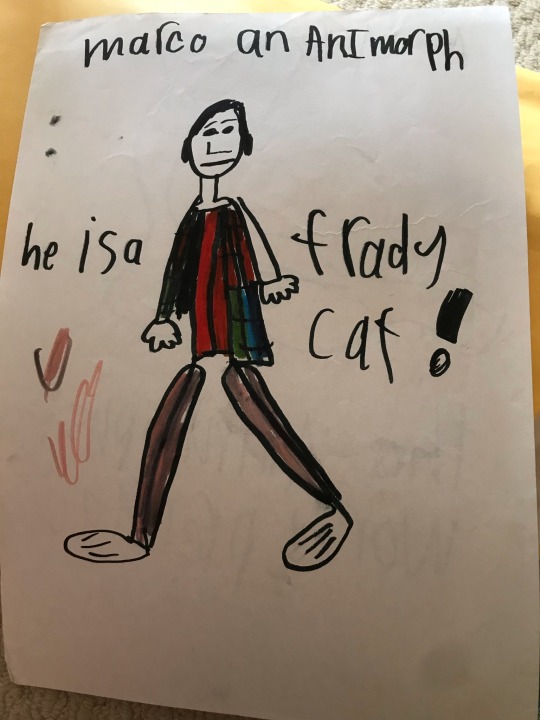


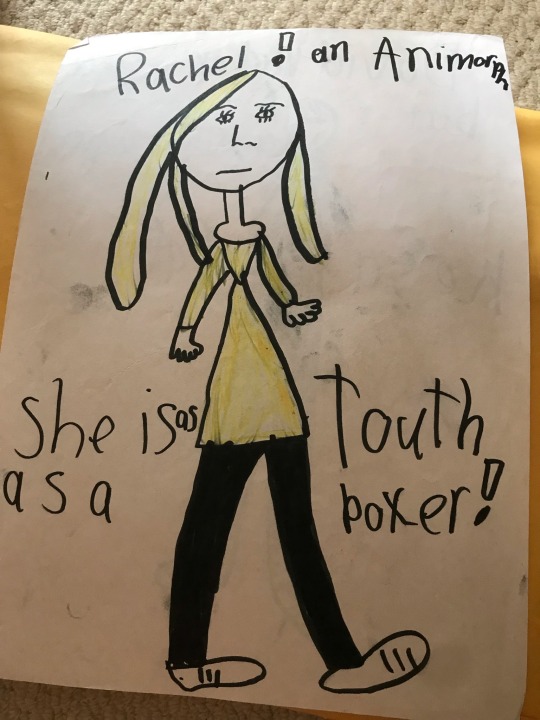
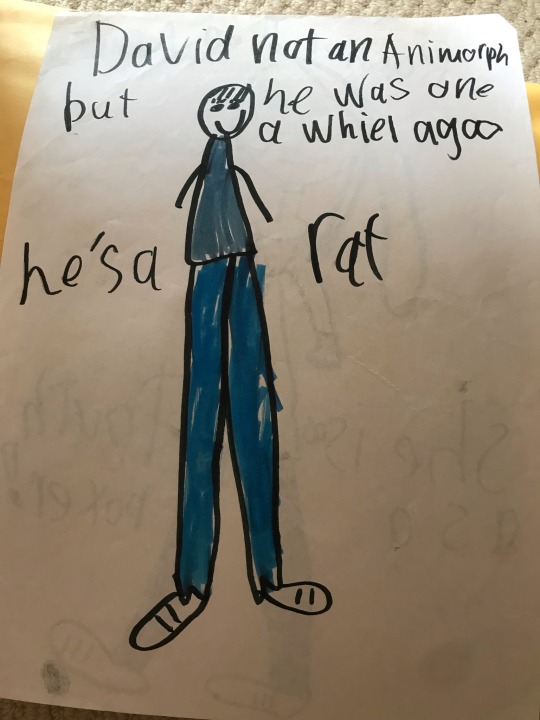
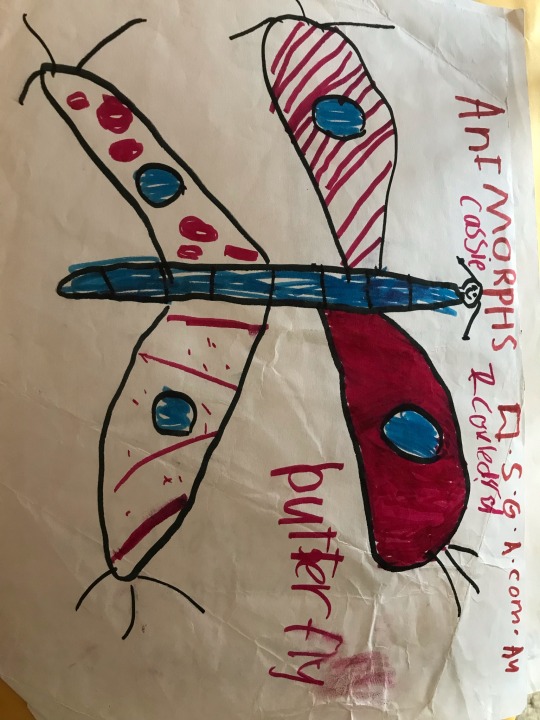
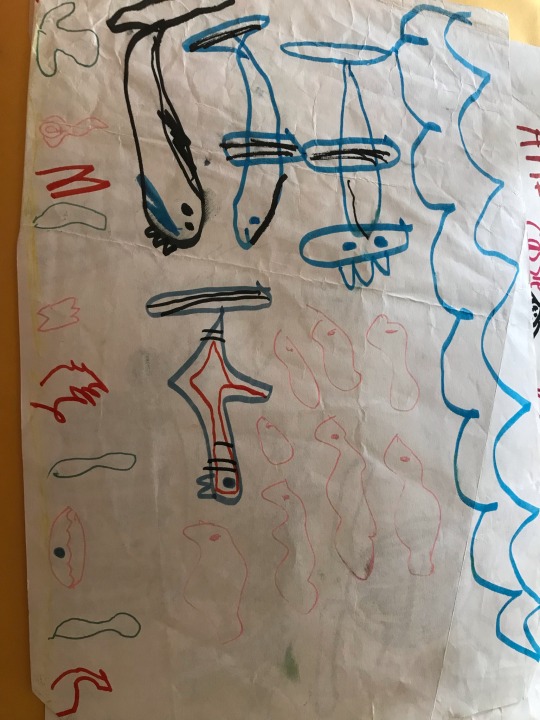

I think this might be my best animorphs fan art ever
#animorphs#k a applegate#rachel berenson#aximili esgarrouth isthill#cassie animorphs#marco animorphs#tobias fangor#did I not draw Jake?#fanart#I was uhhhhhhh 7 when I drew these#and only had access to books 2 and 4 and 19 and 20 and 22 and uhhhh 39??#my spelling is great lol
139 notes
·
View notes
Text
A thought I've been having: do you think people in career districts would eventually try to have their children in july or august to give them the biggest leg up/more time to train for the games?
#since we know the reaping is july 4#if your birthday was say for the sake of science july 7#youd be reaped as an 18 year old technically#but turn 19 before the games#or like same scenario#youd be 11 on july 4 but 12 on july 7 so you just barely miss that reaping#and have more time to train#the hunger games#career districts#district 1#district 2#district 4
115 notes
·
View notes
Note
Can I have some TBD? I can’t wait to see what happens next
7/17/24 WIP Wednesday (Closed) | TBD AU
He unloads the various mementos staring for a few moment at each and every one of them before setting them tastefully on his new shelves. He goes and finds the 2nd box once he finishes the first and can’t help the slight puff of laughter that comes from him when he sees ‘Replica of the world’s largest rubberband ball’ carefully placed in this box.
“Yeah Nicky, real chance of this one breaking.” he says as he sets the rubberband ball on the shelf.
Eventually his phone rings and he picks it up to hear that Aaron and Katelyn would like to meet up for dinner at a restaurant that one of their colleagues had introduced them to.
<< Prev | First | Next >>
#TBD AU#AFTG#AFTG AU#Andrew Minyard#Neil Josten#Andreil#TBD - Chapter 2 - 19#7-17-24 WIP Wednesday#WIP Wednesday Ask Game#94
35 notes
·
View notes
Text
how many tags can i have
13 notes
·
View notes
Note
how do u draw so much so fast

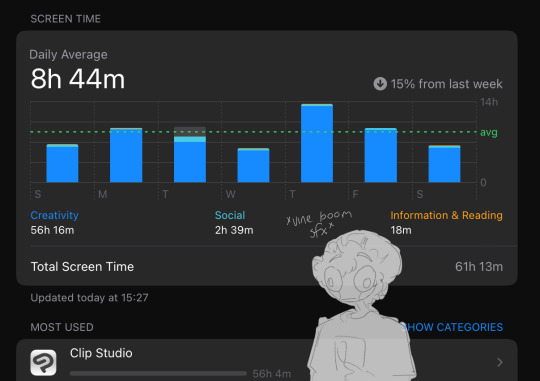
well,
#the short answer is autism and ritalin. btw#the long answer is: i wake up anywhere between 730-0900. i draw. if i have work when i come back i go and i draw.#i go to bed anywhere between 0100 and 0230. i wake up the next day and i draw.#i dont draw fast and in fact i get distracted and/or procrastinate quite often#i just have 16 hour days! every day! i am awake for 16 hours! sometimes more depending on the general mood! [cursed emoji here]#and like! wtf do you even do at that point?? how do you fill a 16 hour day? an 110 hour week? an almost 6000 hr year?#i draw! i have been drawing *seriously* since grade 2! and i have *seriously* loved the persona series since like mid/late 2017!#for those of you keeping score at home; i am 19! 2017 was grade 7 for me! ive loved this series for almost a full third of my life!#[continued emotional rant cut for length] but this is my community and my arts been the way i interact with this community since#(looks at my blog archive) 2019 when i posted my first persona art! please dont look at any of that now tho lmao!#so i guess. if the long answer needs to be short too then the long answer is love!!!! its always been love!!!! AND ALSO STILL RITALIN!!!!!!#asks & requests#personal
64 notes
·
View notes
Text
i miss prime defenders season 2 i miss freedom city i miss the winnebago i miss the hen i miss fauna i miss lightspeed i miss wordsmith i miss bookworm i miss “just stand there and look pretty” i miss william punching a wall i miss vyncent and william falling together i miss jade i miss xavier i miss allen i miss jade and xavier’s friendship i miss mario kart i miss the library i miss “i promise not to die and you have to promise to find a way to live again” i miss watch hq i miss the trickster i miss the bell tech heist i miss dakota eating demons i miss his aunt alaska i miss doug i miss summer
#vixen rambles#episodes 7-19 of season 2 are genuinely some of the best to come out of the show i miss it so bad#jrwi#prime defenders#jrwi pd
31 notes
·
View notes
Text
what are your guys thoughts on batboys ages?
#in my head...dick is 30 jay is 23 tim is maybe 19/20 and damian is 14#this is my case..#dick was 18 when he became nightwing. giving maybe a year of leeway before jay became robin at 12 that would make them 7 years apart#jay died at 15 so again giving like...idk 2/3 years between his death and tim becoming robin at 14 that makes them 3 years apart at most#then damian is canonically 14#so dick is 30 jay is 23 tim is 19/20 and damian is 14#im aware that newer canon puts jay and dick a lot closer to 3/4 years apart so dick would be alot younger#but i choose to go off of jason becoming robin at 12 so i can imagine the gen z vs millenial convos between dick and the others#bruce would be around 45 for me...somedays more like 50#which would make him about 24 when he adopted dick#so....idk#feel free to argue with me#batfam#batfamily#batboys#bruce wayne#batman#dc#nightwing#dick grayson#robin#red hood#jason todd#red robin#tim drake#damian wayne#dc comics#...💌#...🦇
30 notes
·
View notes
Text
sometimes its so crazy to realize that there's actually a lot of things i like. that i thought i didn't like because i was a depressed teenager. i love being outside! i love swimming! i love talking to people! even strangers sometimes! i love getting dressed in fun outfits and doing makeup! i love reading and going to art museums! i just thought i was doomed forever to a life of complete and total apathy and void! and now look at me! still a little shaky but i'm doing it!!!!!
#reaching back thru the spacetime continuum to grab 15 year old bunny and shake him by the shoulders a little bit and go hey!!!#it's not ALWAYS gonna be like this!!!#one day you're gonna be 23 and it'll still be like this sometimes!!!#sometimes you'll still wake up and feel it but it won't be all the time!!!!!!#you're gonna have friends who know you and see you even the ugly parts of you#and they're still gonna love you anyways!!!!! it's not over yet i promise!!!!!!#and then one day when i'm 34 i'm sure i'll think the same thing about me now#but until then! it's me and myself when i was 22 and 21 and 20 and 19 and 18 and 17 and 16 and 15#and 14 and 13 and 12 and 11 and 10 and 9 and 8 and 7 and 6 and 5 and 4 and 3 and 2 and 1
13 notes
·
View notes
Text
Alright I have a lot of ocs for Percy Jackson, but I don’t have a lot of powers for them. Like, the most interesting power I have rn is an Apollo kid who can inflict plague and sickness on other people. All my other characters? Lame! So, give me suggestions on powers for any cabin that aren’t just “Oh, a son of Poseidon controls water”.
Thanks :)
#percy jackson#percy jackon and the olympians#cabins#cabin 1#cabin 2#cabin 3#cabin 4#cabin 5#cabin 6#cabin 7#cabin 8#cabin 9#cabin 10#cabin 11#cabin 12#cabin 13#cabin 14#cabin 15#cabin 16#cabin 17#cabin 18#cabin 19#cabin 20#demigods#power#magic
17 notes
·
View notes
Text
so fucking busy the rest of the year. being alive is awesome :]
#i have 4 classes this semester and 2 of them r music relateddd i love my major#my financial aid package FINALLY PROCESSED after like 7 months lol#so i just have to figure out disbursement#i have surgery in october to have a hysterectomy and oophorectomy#and then i am gonna be out of work for 4 weeks (but still doing classes lol...)#and i have 2 more cohorts to facilitate#and a training video and some projects to pull together#and a brainstorm session tomorrow#and im going to a baseball game for work on thursday!!!!! exciting!!!!!!!!!!#and if my finaid is as much as theyre saying it will be my rent for the rest of the year is paid#which would mean all my paychecks can go directly to#medical costs and other bills n savings#which puts me so fucking closer to moving out next year#if i play my cards right i can pay all my debts between now and march/april of next yesr#and then i will be able to fucking!!!!!!! move!!!!!!!#wait guys im emotional i had a shitty medical procedure i had to endure as part of pre op a d#literally in the last hour im back to feeling so fucking energized#ohhh my gd i love being alive please please please lef this work out#im gonna stART PLANNING W MY FRIENDS FOR A SPRING TRRIP NEXT YEAR?#AAAAAAAA!!!!!!!!!!! maybe even planning another trip w 19 bc i saw a cool cabin to stay in LMAO#just. yells. oh my gd#please please let this work out even 50% of the way of what it looks like it could be
11 notes
·
View notes
Text
you ever think about how pretty much the only reason we use base10 is because we have 10 fingers and if everyone had 6 fingers on each hand we'd use base12 and never even think a thing of it and also math would be pretty much better in every way?
#i think for this september's existential crisis i'm gonna become a base12 truther#and bc i know everyone on this website is math illiterate so to clarify:#the way base12 works is that we have a few extra digits between 9 and 10#so to count we go:#0 1 2 3 4 5 6 7 8 9 X Y#so X = 10 and Y = 11#then '10' = 12#so the next step of counting goes:#10 11 12 13 14 15 16 17 18 19 1X 1Y#(i know this looks insane to you but the only reason for that is because you are used to base 10 i promise this makes sense#if you throw away everything you know and come at it with fresh eyes)#so anyways in this case '11' = 13. '19' = 21. 1X = 22. 1Y = 23#and '20' = 24#bc the tens column is not the tens column it's actually the twelves column#so each [number] in the second column does not mean 'add [this many] 10s to this' it means 'add [this many] 12s to this'#and this would not be tricky at higher numbers bc in base12 twelve is not counted as 'ten and two' it's just its own thing#in fact it would be harder to multiply by tens bc 10 would be the equivalent of like. 8 here.#it's not its own thing (ten) it's actually 'twelve minus two'#to count by tens goes '0 Y 18 26 34 42 50' and '50' is of course 10x6 in this case so it equals 60 in base10#not hard#there's a pattern to it.#but it's not as easy as counting by 12s#anyways we already have base12 systems and i like them they are very easy to divide#it's only harder than base10 bc arabic numerals are base10 so it's harder to depict base12 logically in a base10 system#hours are base 12. inches to feet are base 12#anyways this post is legally classified as scifi and/or speculative fiction#or. fuck. it's not even fictional#this is how math would work in a different system#sci-nonfi#speculative nonfiction
7 notes
·
View notes
Text
Spankofski brothers photo album





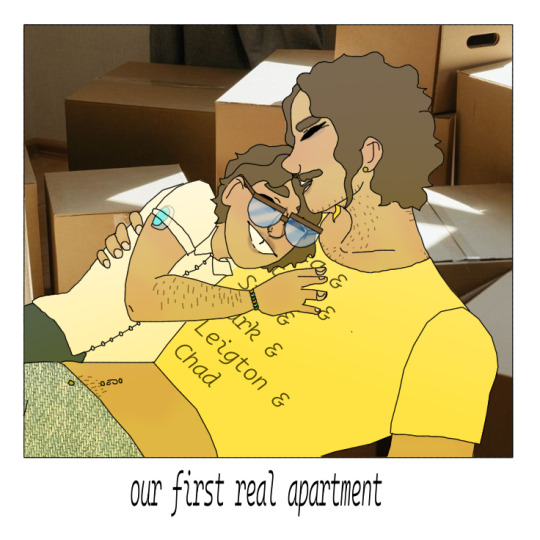
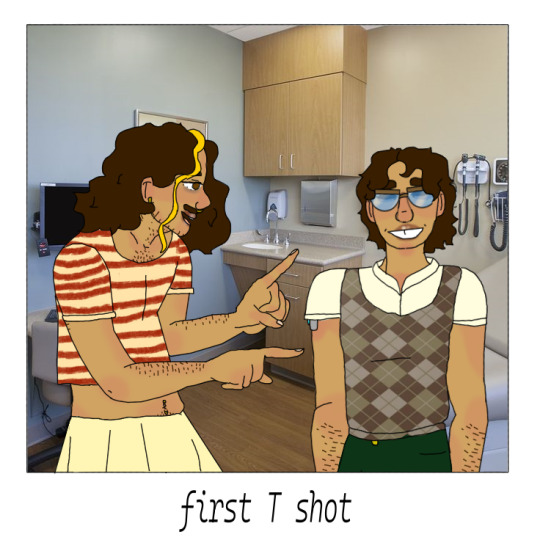


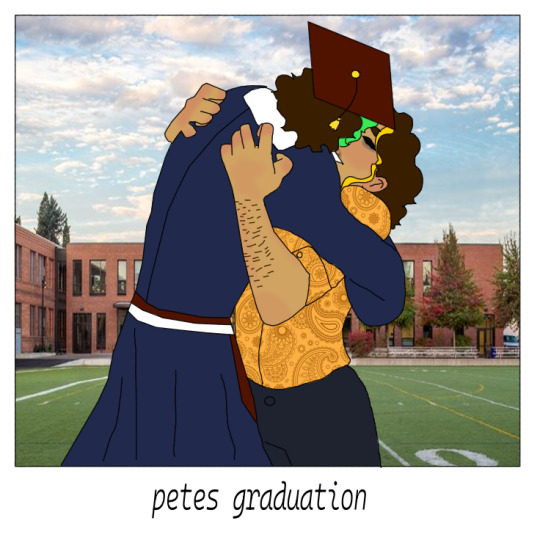
#digital art#digital drawing#digital fanart#digital illustration#fanart#timeline#pete spankoffski#stephanie lauter#steph lauter#peter spankoffski#ted spankoffski#trans peter spankoffski#ages are ...#2 and 19#4 and 21#5 and 22#6 and 23#7 and 24#8 and 25#10 and 27#14 and 31#18 and 35#this took me way too long to make#hachetfield#for some reason this isent showing up in my hachetfeiod tag#tumblr is a functional websote
45 notes
·
View notes
Text
ever since I was little I never gave a fuck if anyone else liked me, I just wanted to like me and eventually I did for a little while but then I forgot how
#2012 and 2016 were my 2 best years probably#12/13 & 16/17 yro me slayed too hard I fear#1/2/3/4/5/6/7/8/9/10/11/14/15/18/19/20/21/22/23/24/25 flopped#though 20 was ok ily lockdown
12 notes
·
View notes
Note
TBD???
8/7/24 WIP Wednesday (Closed) | TBD AU
“I’ll get you another slice.” Smith smiles, taking Andrew’s plate and preparing another slice for him, “I have a whole cheesecake for you, I just can’t torch the marshmallows whenever you want a slice.”
Andrew nods and tries to savor this slice more than the last but he eats it just as rapidly. He looks at Smith, eyes narrowing as he watches Matthew feed him a bite of cheesecake as Jackson cradles Wren. Yeah, Smith is definitely too married and still not his type.
But he does absolutely get how someone like Smith could pull two partners now.
<< Prev | First | Next >>
#TBD AU#AFTG#AFTG AU#Andrew Minyard#Neil Josten#Andreil#TBD - Chapter 2 - 54#8-7-24 WIP Wednesday#WIP Wednesday Ask Game#19
32 notes
·
View notes